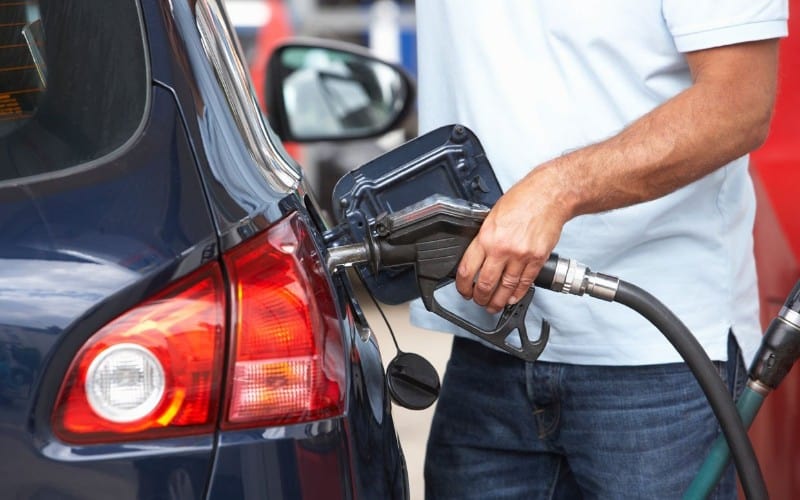
Amid falling international oil prices, the government is preparing to implement a significant reduction in fuel prices. Petrol prices are expected to decrease by Rs11 per litre, and high-speed diesel (HSD) could see a reduction of Rs11.5 per litre. However, this anticipated relief for consumers may be partially offset by a potential tax hike as the government grapples with a growing revenue shortfall.
Tax Hike on the Horizon
Sources indicate that the Federal Board of Revenue (FBR) is proposing a 1% increase in withholding tax rates across the board, effective from October 1, 2024, if the current revenue shortfall persists. The FBR has been facing a shortfall of Rs98 billion during the months of July and August 2024, driven by missed targets across several tax categories. This has put pressure on the government to explore new avenues for boosting revenue collection.
One of the key measures being considered is an increase in the petroleum levy by Rs5 per litre for the second half of September 2024. If this levy is raised, the anticipated reduction in fuel prices would be less substantial, with consumers potentially seeing only a Rs5 to Rs6 per litre decrease rather than the full Rs11.
Fuel Price Relief Still Possible
Despite the potential tax hike, consumers may still benefit from lower fuel prices, driven by the continuous decline in global oil prices. If the government decides not to raise the petroleum levy, the full reduction in fuel prices will likely take effect, with petrol priced as low as Rs247.60 per litre and HSD at Rs251.75 per litre from September 16 to September 30, 2024.
Addressing the Revenue Gap
The government’s focus on closing the revenue gap has become increasingly urgent, as the FBR’s tax collection efforts have fallen short of their targets in the first two months of the fiscal year. This shortfall has prompted discussions about raising withholding taxes to ensure the government can meet its fiscal responsibilities. The proposed 1% hike in withholding tax rates would apply across all sectors, affecting businesses and individuals alike.
Balancing Revenue Collection with Consumer Relief
While the government is keen on bolstering its tax revenues, it also faces the challenge of balancing these efforts with consumer relief measures, especially as rising inflation and fuel costs have strained household budgets. The decision on whether to raise the petroleum levy will be a critical factor in determining the extent of the fuel price reduction that consumers can expect.
In the coming weeks, the government will need to weigh its options carefully—either prioritizing revenue generation through higher taxes and levies or offering more substantial relief to consumers by allowing the full impact of declining international oil prices to be passed on. The final decision is expected by September 16, 2024, when the new fuel prices are set to be announced.
Conclusion
As the government navigates its fiscal challenges, consumers remain hopeful for a significant reduction in fuel prices. However, the looming possibility of a tax hike may diminish the overall benefit. The decision on the petroleum levy and withholding tax rates will be crucial in determining the future trajectory of fuel prices and the government’s revenue strategy for the remainder of the fiscal year.




